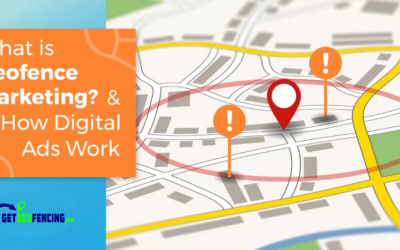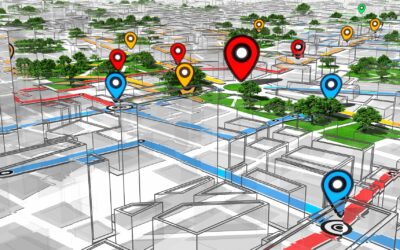In today’s competitive business landscape, companies are constantly seeking innovative methods to attract and engage potential customers. One such strategy that has gained significant traction is commercial geofencing. Using location-based technology, commercial geofencing enables businesses to target consumers within a specific geographic boundary, delivering personalized marketing messages and promotions straight to their mobile devices.
This cutting-edge technique leverages GPS and RFID technology to create virtual boundaries around physical locations, such as retail stores, shopping malls, or event venues. When a potential customer enters the geofenced area, they receive a notification, prompting them to take advantage of exclusive offers or discounts. By delivering targeted advertisements directly to consumers’ smartphones, businesses can significantly boost their conversion rates and drive more foot traffic to their stores.
Furthermore, commercial geofencing allows companies to gather valuable data about consumers’ behavior, preferences, and purchasing patterns. This data can then be used to refine marketing campaigns, enhance customer experiences, and drive more effective business strategies.
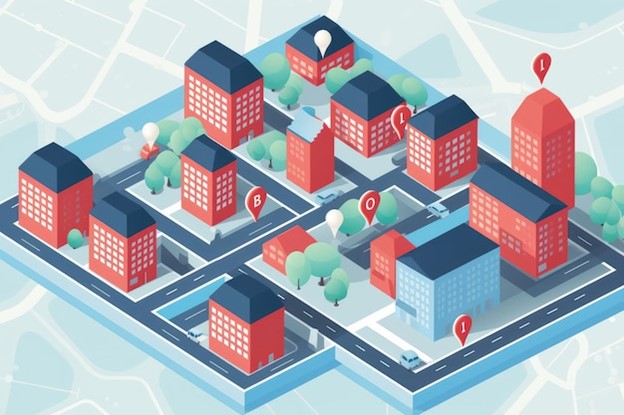
What is Commercial Geofencing?
Commercial geofencing is a location-based marketing technique that creates virtual boundaries around physical locations, enabling businesses to target potential customers within a specific geographic area. This technology combines the power of GPS and RFID to deliver personalized marketing messages and promotions directly to consumers’ mobile devices when they enter the geofenced area.
Geofencing works by using GPS technology to track the location of a user’s device. When a user enters the predefined virtual boundary, they receive a notification or message on their smartphone, prompting them to engage with the business. This notification can include exclusive offers, discounts, or information about nearby products or services. By delivering targeted ads to consumers’ smartphones at the right time and place, businesses can increase their chances of conversion and drive more foot traffic to their physical stores.
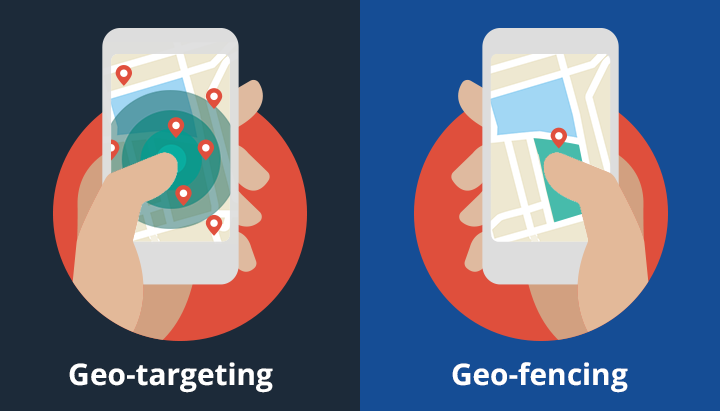
How Does Commercial Geofencing Work?
Commercial geofencing relies on a combination of GPS and RFID technology to create virtual boundaries and track the location of users’ devices. Here’s a step-by-step breakdown of how commercial geofencing works:
- Define the geofenced area: The first step in setting up commercial geofencing is to define the specific physical location where you want to target potential customers. This can be a retail store, shopping mall, event venue, or any other location where you want to drive foot traffic.
- Set the geofence parameters: Once you’ve chosen the location, you need to set the parameters for the geofence. This includes determining the size and shape of the virtual boundary. For example, you can create a circular geofence with a radius of 500 meters around your store.
- Track users’ location: When users’ devices enter the geofenced area, their GPS coordinates are tracked using location-based services. This allows businesses to identify when a potential customer is within the defined boundary.
- Send targeted notifications: Once a user’s device enters the geofenced area, they receive a notification or message on their smartphone. This notification can include personalized marketing messages, exclusive offers, discounts, or information about nearby products or services.
- Measure and analyze data: Commercial geofencing also allows businesses to gather valuable data about consumers’ behavior, preferences, and purchasing patterns. This data can be used to measure the effectiveness of marketing campaigns, refine targeting strategies, and improve overall business performance.
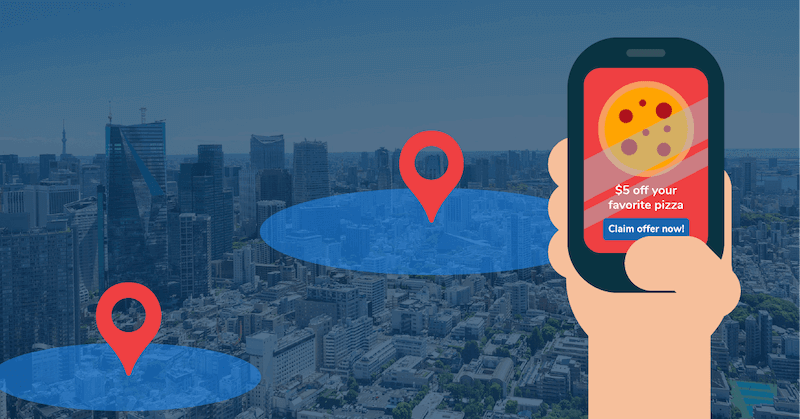
Benefits of Commercial Geofencing
Commercial geofencing offers numerous benefits for businesses looking to enhance their marketing efforts and drive more foot traffic to their stores. Here are some key advantages of using commercial geofencing:
- Increased customer engagement: By delivering personalized marketing messages and promotions directly to consumers’ smartphones, commercial geofencing enables businesses to engage with potential customers at the right time and place. This targeted approach increases the chances of conversion and drives more foot traffic to physical stores.
- Enhanced customer experiences: Commercial geofencing allows businesses to deliver personalized offers and discounts based on users’ location. This creates a more personalized and tailored shopping experience, making customers feel valued and appreciated.
- Improved marketing ROI: By targeting consumers within a specific geographic area, businesses can optimize their marketing budgets and achieve a higher return on investment. Commercial geofencing ensures that marketing messages are delivered to the right audience, increasing the chances of conversion and minimizing wasted ad spend.
- Valuable data insights: Commercial geofencing provides businesses with valuable data about consumers’ behavior, preferences, and purchasing patterns. This data can be used to refine marketing campaigns, enhance customer experiences, and drive more effective business strategies.
- Competitive advantage: By leveraging commercial geofencing, businesses can gain a competitive edge in their industry. This innovative marketing technique allows companies to reach potential customers in a targeted and personalized way, setting them apart from competitors who rely on traditional marketing methods.
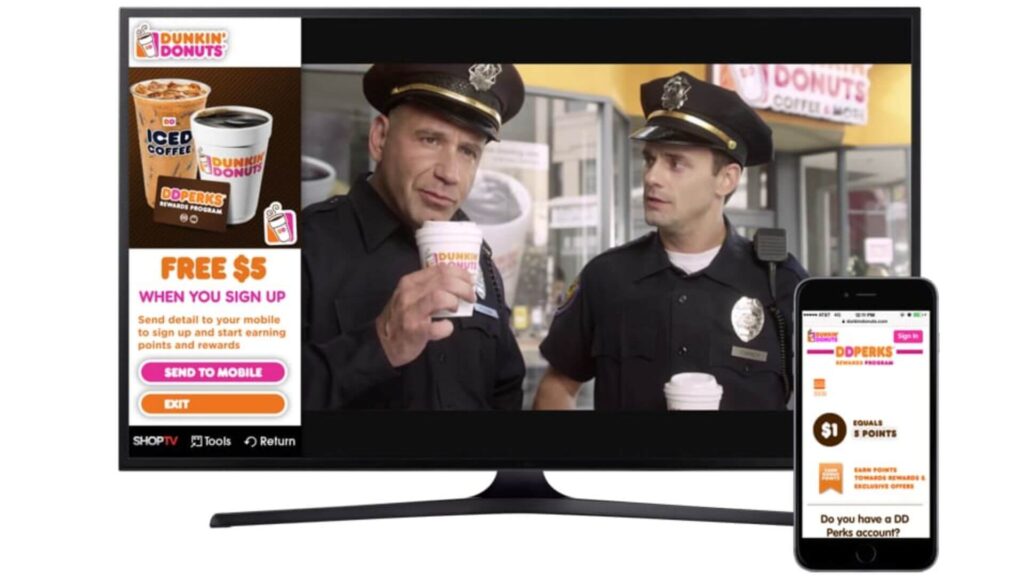
Commercial Geofencing Examples
Commercial geofencing is being used by businesses across various industries to enhance their marketing efforts and drive more foot traffic to their stores. Here are some examples of how companies are leveraging commercial geofencing:
- Retail stores: Retailers can use commercial geofencing to target consumers who are near their stores or in a specific shopping mall. By sending personalized notifications about ongoing sales, exclusive offers, or new product arrivals, retailers can entice potential customers to visit their stores and make a purchase.
- Restaurants and cafes: Restaurants and cafes can use commercial geofencing to attract customers who are in the vicinity. By offering exclusive discounts or limited-time promotions, these establishments can entice potential customers to choose their establishment over competitors.
- Event venues: Event organizers can leverage commercial geofencing to promote upcoming events and drive ticket sales. By sending targeted notifications to users who are near the event venue, organizers can generate buzz and create a sense of urgency among potential attendees.
- Shopping malls: Shopping malls can use commercial geofencing to attract customers by sending notifications about ongoing sales, special events, or exclusive offers from their tenants. By delivering personalized messages to potential shoppers, shopping malls can increase foot traffic and boost sales for their tenants.
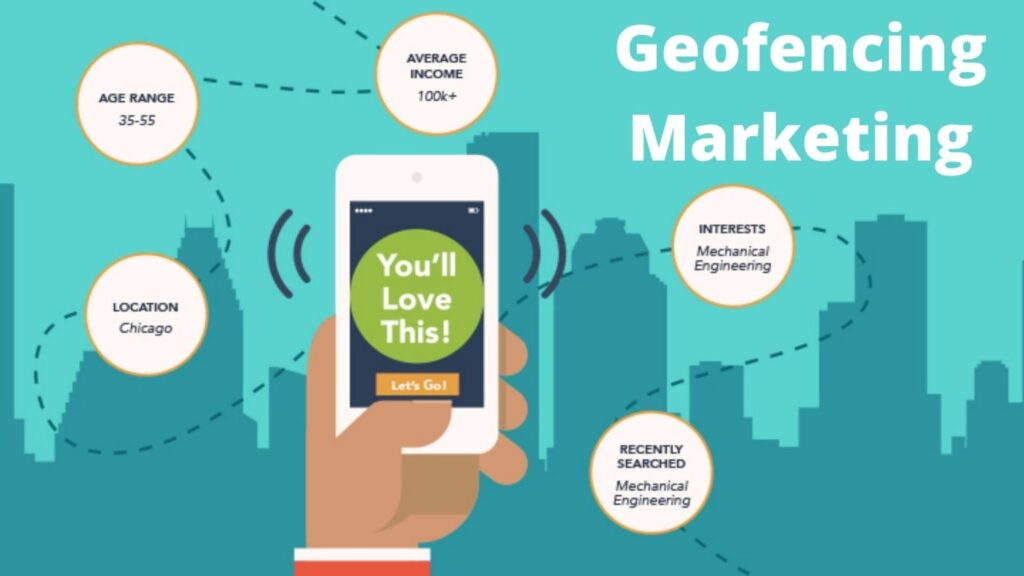
Commercial Geofencing Statistics
The adoption of commercial geofencing is rapidly growing, and the numbers speak for themselves. Here are some key statistics that highlight the effectiveness and popularity of commercial geofencing:
- According to a study by RetailMeNot, 80% of consumers are more likely to make a purchase from a store that offers personalized experiences.
- A report by Swirl Networks found that 77% of shoppers would be more likely to visit a store if they received a personalized offer when they are near the store.
- Research by Mobile Marketer revealed that mobile ads targeted based on location deliver a 2.5 times higher click-through rate than non-targeted ads.
- A study by Think with Google found that 84% of smartphone shoppers use their devices to help them shop while in a physical store.
These statistics demonstrate the significant impact that commercial geofencing can have on consumer behavior and purchasing decisions. By leveraging this technology, businesses can tap into the power of personalized marketing and drive more foot traffic to their stores.
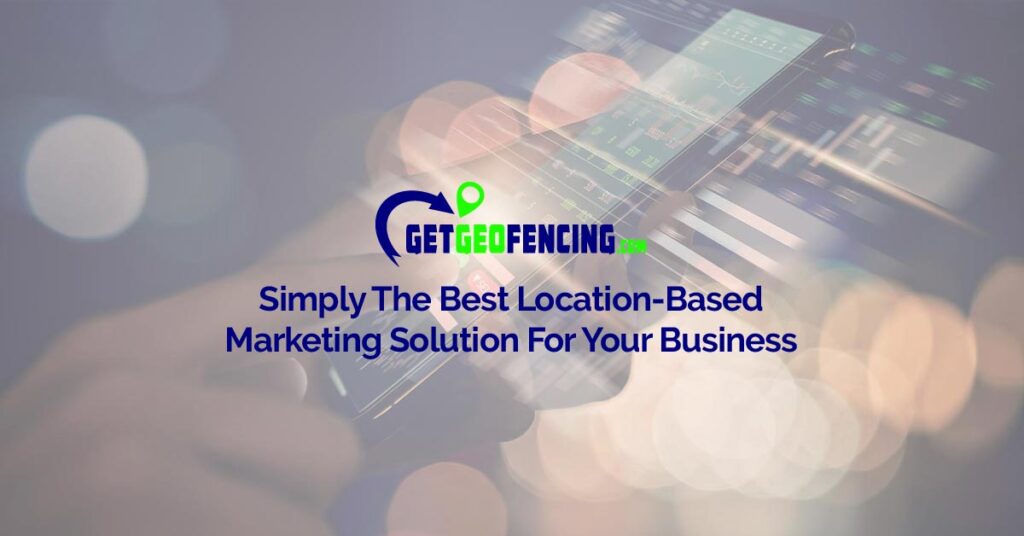
Implementing Commercial Geofencing in Your Business
Implementing commercial geofencing in your business requires careful planning and consideration. Here are some key steps to follow when implementing commercial geofencing:
- Define your goals: Start by clearly defining your objectives and what you hope to achieve with commercial geofencing. Whether it’s increasing foot traffic, driving sales, or enhancing customer experiences, having clear goals will guide your strategy.
- Identify your target audience: Understand who your target audience is and where they are likely to be. This will help you determine the most effective geofenced areas to target and tailor your marketing messages accordingly.
- Choose the right technology: There are various commercial geofencing platforms and tools available in the market. Research and choose a platform that aligns with your business goals and offers the features and functionality you need.
- Create compelling marketing messages: Craft personalized and compelling marketing messages that will resonate with your target audience. Use language that speaks to their needs, desires, and pain points to increase engagement and conversion.
- Test and optimize: Once your commercial geofencing campaign is live, continuously monitor and analyze the data to measure its effectiveness. Make adjustments and optimizations based on the insights gathered to ensure maximum impact.
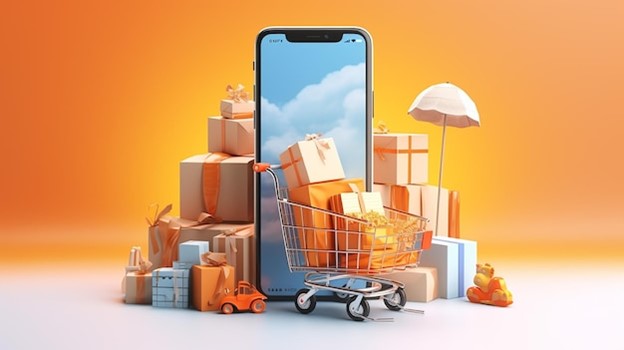
Commercial Geofencing Tips and Best Practices
To make the most out of your commercial geofencing campaigns, here are some tips and best practices to keep in mind:
- Offer exclusive incentives: To entice potential customers to visit your store, offer exclusive incentives such as discounts, freebies, or special promotions. Make customers feel like they are getting a unique and valuable offer.
- Use location-specific language: Tailor your marketing messages to the specific location and audience you are targeting. Use language and references that resonate with the local community to create a sense of familiarity and connection.
- Optimize timing: Consider the timing of your notifications to maximize their impact. Send notifications during peak shopping hours or when potential customers are most likely to be in the area to increase the chances of conversion.
- Leverage data insights: Use the data gathered from your commercial geofencing campaigns to gain insights into consumer behavior and preferences. Use this information to refine your marketing strategies, improve targeting, and enhance the overall customer experience.
- Test and iterate: Continuously test and iterate your commercial geofencing campaigns to optimize their performance. Experiment with different messaging, geofenced areas, and incentives to find what works best for your target audience.
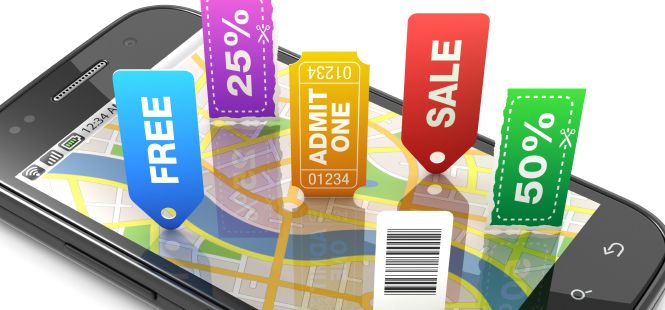
Commercial Geofencing Platforms and Tools
There are several commercial geofencing platforms and tools available that can help businesses implement and manage their geofencing campaigns effectively. Here are some popular platforms and tools:
- Gimbal: Gimbal is a leading location-based marketing platform that enables businesses to create and manage geofenced campaigns. It offers features such as real-time analytics, audience segmentation, and personalized messaging.
- PlotProjects: PlotProjects is a geofencing SDK that allows businesses to easily integrate geofencing capabilities into their mobile apps. It provides real-time location tracking, geofence management, and personalized notifications.
- Radar: Radar is a location-based platform that offers geofencing and geolocation capabilities. It enables businesses to create custom geofences, track user locations, and send targeted notifications.
- Plotaverse: Plotaverse is a geofencing platform that specializes in creating immersive and interactive experiences for consumers. It offers features such as augmented reality, virtual reality, and gamification to engage users within the geofenced area.
These platforms and tools provide businesses with the necessary infrastructure and features to implement and manage their commercial geofencing campaigns effectively.

Commercial Geofencing Case Studies
To understand the real-world impact of commercial geofencing, let’s explore some case studies of businesses that have successfully leveraged this technology:
- Starbucks: Starbucks implemented commercial geofencing in their mobile app to target customers who were near their stores. By sending personalized notifications about ongoing promotions, new products, and loyalty rewards, Starbucks was able to drive more foot traffic to their stores and increase customer engagement.
- Macy’s: Macy’s used commercial geofencing to promote their annual Thanksgiving Day Parade. By sending targeted notifications to users who were near the parade route, Macy’s generated buzz and excitement among potential attendees, resulting in increased attendance and positive brand exposure.
- Sephora: Sephora leveraged commercial geofencing to enhance the customer experience in their stores. By sending personalized notifications to customers who entered their stores, Sephora provided product recommendations, exclusive offers, and personalized beauty tips, creating a more engaging and tailored shopping experience.
These case studies demonstrate the power and effectiveness of commercial geofencing in driving customer engagement, increasing foot traffic, and enhancing the overall customer experience.
Conclusion
Commercial geofencing is a powerful marketing technique that enables businesses to target potential customers within a specific geographic boundary, delivering personalized marketing messages and promotions straight to their mobile devices. By leveraging GPS and RFID technology, businesses can create virtual boundaries around physical locations and engage with consumers at the right time and place.
The benefits of commercial geofencing are numerous, including increased customer engagement, enhanced customer experiences, improved marketing ROI, valuable data insights, and a competitive advantage. By implementing commercial geofencing in their marketing strategies, businesses can gain a competitive edge and drive more foot traffic to their stores.
To make the most out of commercial geofencing, businesses should follow best practices such as offering exclusive incentives, using location-specific language, optimizing timing, leveraging data insights, and continuously testing and iterating their campaigns.
With the availability of commercial geofencing platforms and tools, businesses have the necessary infrastructure to implement and manage their geofencing campaigns effectively. By leveraging these platforms, businesses can unlock the incredible potential of commercial geofencing and take their marketing efforts to new heights. So, don’t wait any longer – start exploring the world of commercial geofencing and take your business to the next level.


